A Psychologist Reveals What Trump's Fixation with Gold Really Means
He surrounds himself with the metallic color and swapped out the White House curtains for his signature shade.
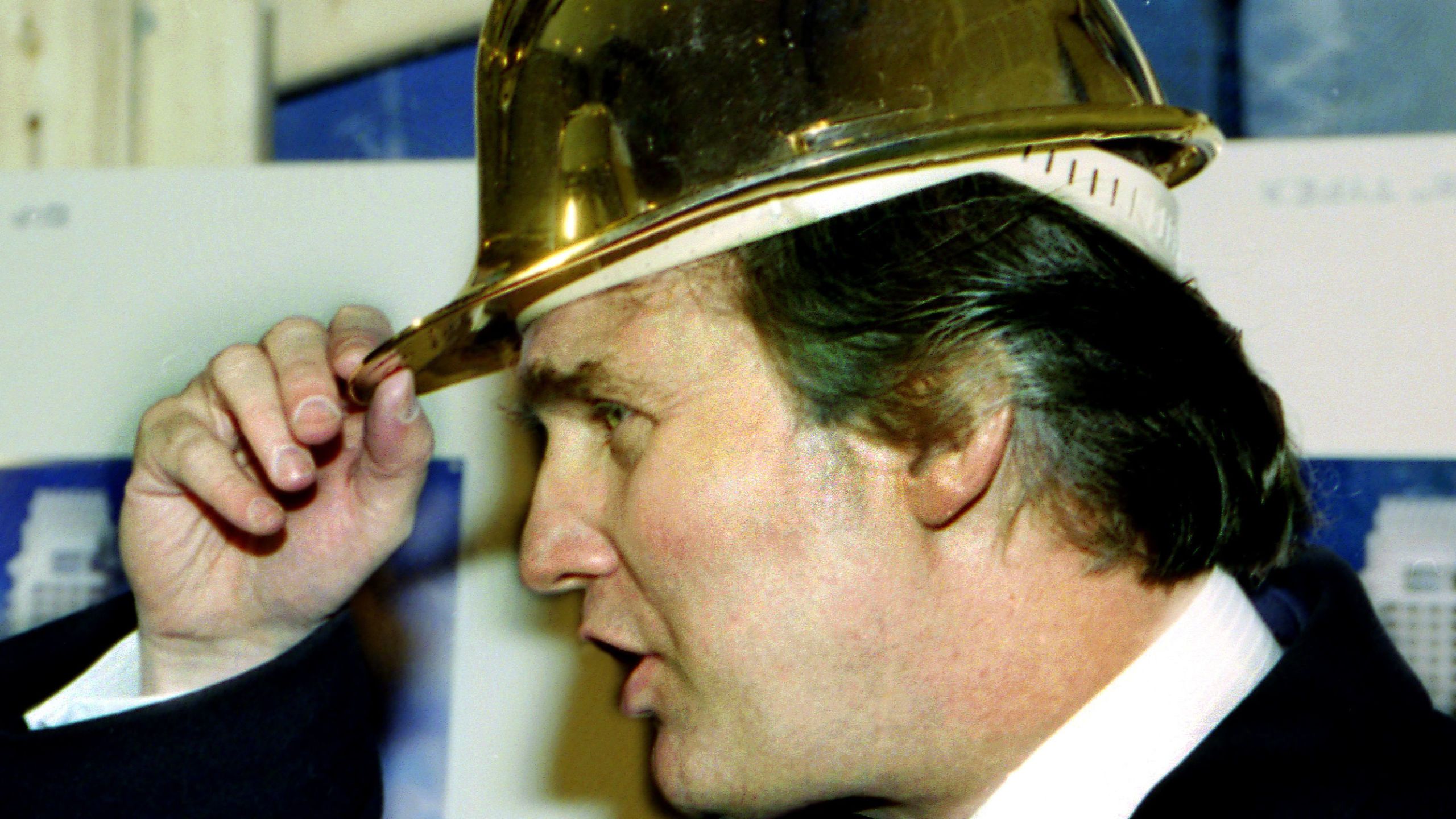

It's no secret that President Trump really, really likes gold, but what does this seeming obsession with a single decorative style say about the new commander in chief?
On his first day in office, Trump replaced the muted-red curtains President Obama had in the Oval Office with drapes in his signature shade of gold—a color that is featured heavily in both his Mar-a-Lago estate in Palm Beach, Florida, and his New York City penthouse (which has enough gold and marble to remind anyone of Versailles). His private airplane not only has gold-plated seat belt buckles and bathroom fixtures, but also a bedroom with "yards and yards of elegant gold silk adorning the walls," according to Amanda Miller of Celebrity Apprentice, who gave a tour of the plane in 2011.
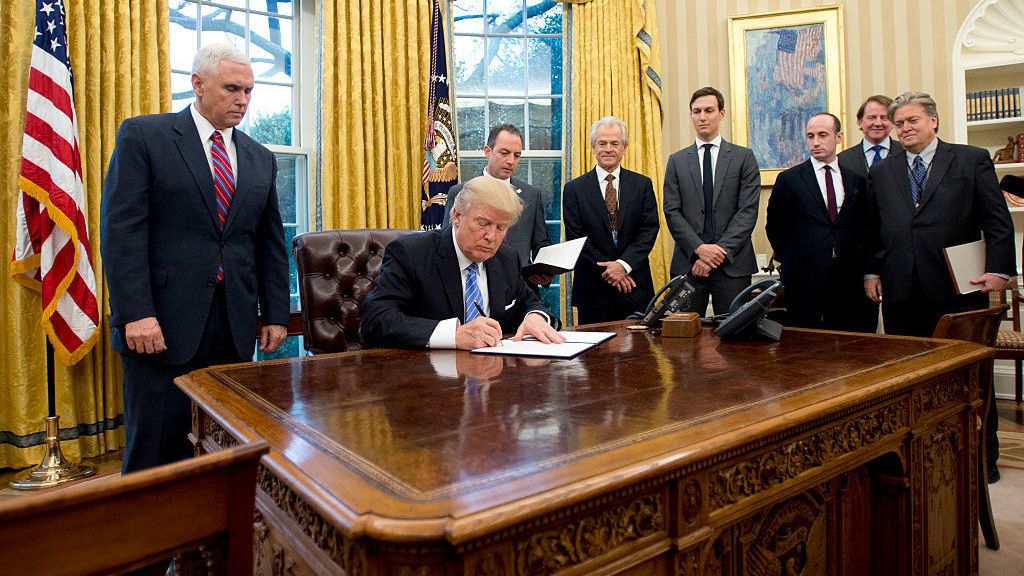
The color gold is also used often in the branding of Trump's businesses, especially in the public areas of Trump Tower in New York City and the gilded exterior of the Trump International Hotel Las Vegas, which is literally made with 24-karat gold-coated glass.
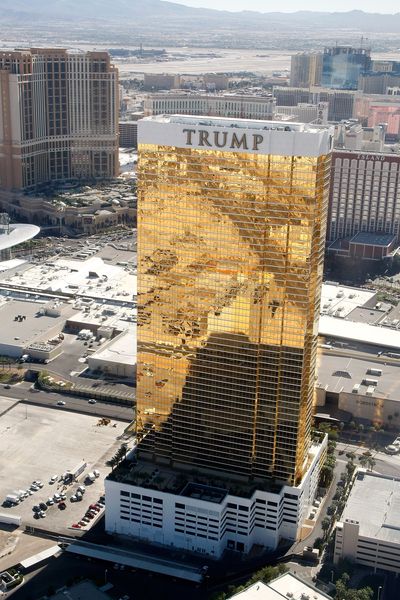
Using a specific color to define your brand isn't unusual—think of Facebook's blue website or the way Coca-Cola uses red throughout their ads and products. Plus, Trump isn't the only celebrity to have a signature color. Frank Sinatra loved orange—his Palm Springs home and private plane were festooned with what he called "the happiest color." Former First Lady Nancy Reagan wore so many bright red dresses that the shade came to be known as Reagan Red.
Trump has never explicitly said why he prefers gold, although he has shared variations of this mantra on his Twitter and Facebook pages:
Jill Morton, a color psychologist and branding expert who runs the site colormatters.com, said color preference is often arbitrary or even subconscious. "There's no one color fits all reaction to gold," she told MarieClaire.com.
In nearly all cultures, however, gold represents luxury and wealth, she explained. It can also symbolize greed and excess.
In nearly all cultures, however, gold represents luxury and wealth, she explained. It can also symbolize greed and excess. In Nicholas Nickleby, for instance, Charles Dickens wrote, "For gold conjures up a mist about a man, more destructive of all his old senses and lulling to his feelings than the fumes of charcoal."
Get exclusive access to fashion and beauty trends, hot-off-the-press celebrity news, and more.
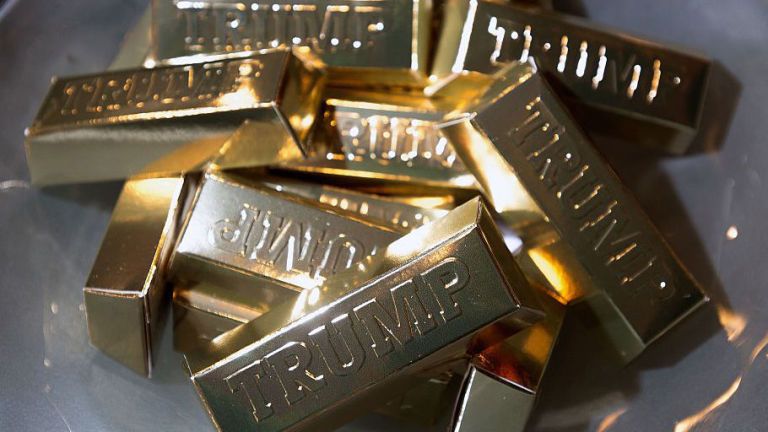
It's common for the extremely wealthy to use gold to display their fortune, whether that's the royal families of 18th century Europe—most notably in the palaces of France and Russia—or modern day hip-hop artists. "It gives them a sense of security," Morton said. "It reminds them that they have the money to surround themselves in gold. It's kind of like a security blanket."
Trump certainly likes to remind the public how much he makes. His financial disclosure report in 2015 with the Federal Election Commission—which is required of all presidential candidates—stated, "As of this date, Mr. Trump's net worth is in excess of TEN BILLION DOLLARS." And yes, the capitalization was part of the original report. (Forbes estimates his worth at a much lowernumber.)
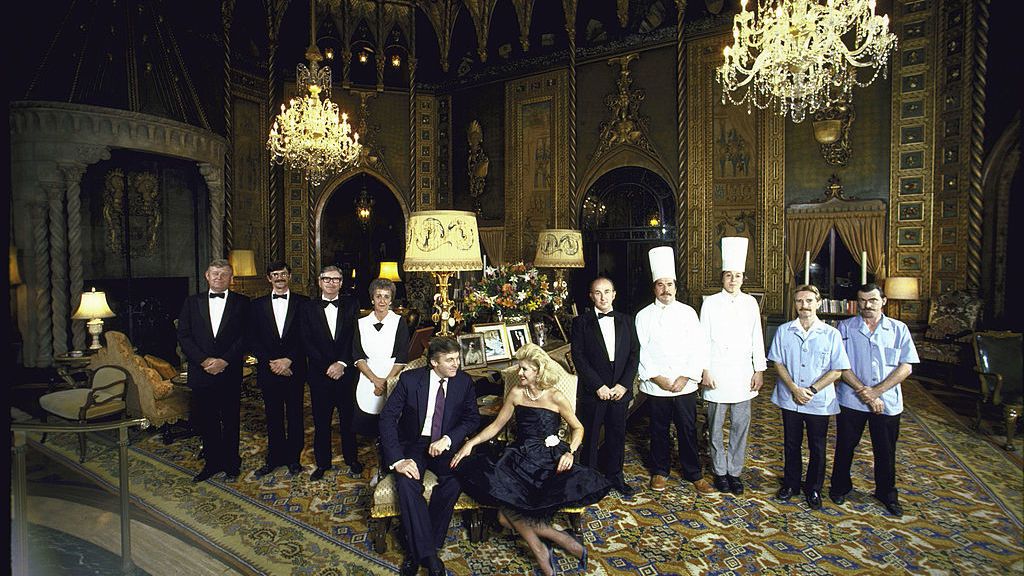

Gold is a complicated color to use in branding these days for a totally different reason. "In American culture, gold for a brand is kind of old-school," said Morton, who consults on color for brands like Tylenol, Eastman Kodak, and Dow Chemical. "The demographics of your target customer would think—if you're talking about Gen X, Gen Y, and some Baby Boomers—gold is a tacky, harsh color."
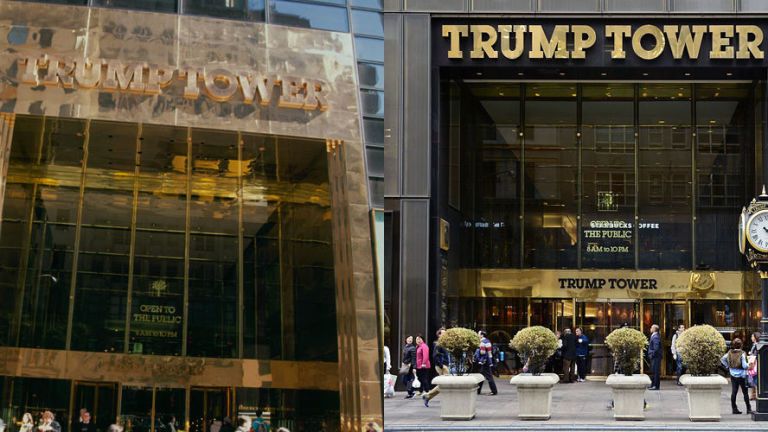
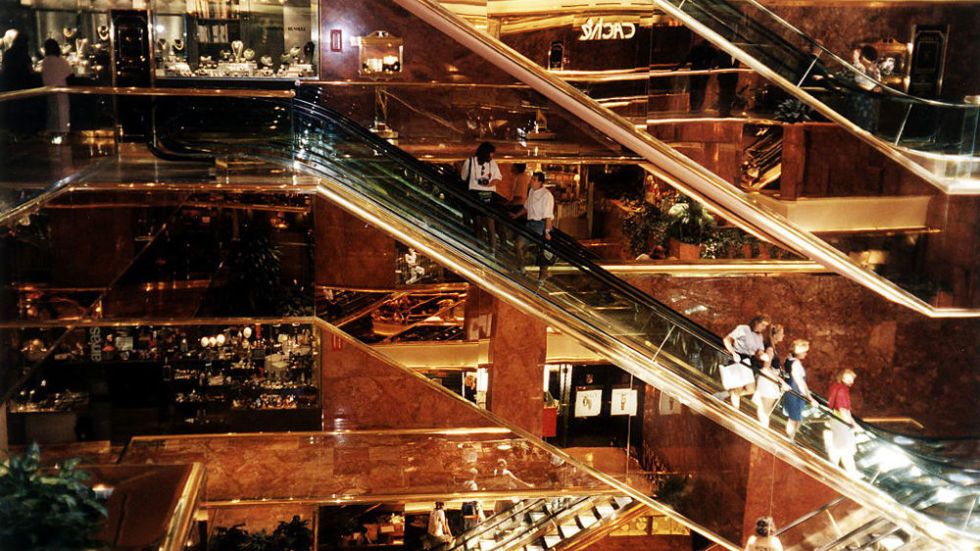
Follow Marie Claire on Facebook for the latest celeb news, beauty tips, fascinating reads, livestream video, and more.
Lyndsey Matthews is the Destination News Editor for AFAR; previously she was a Lifestyle Editor across all of Hearst Digital Media's brands, and a digital editor at Martha Stewart Weddings and Travel + Leisure.
